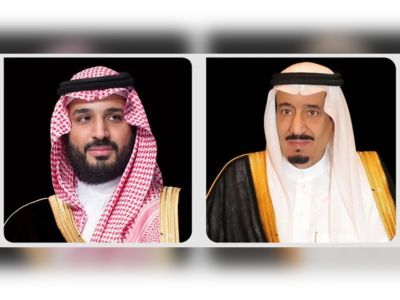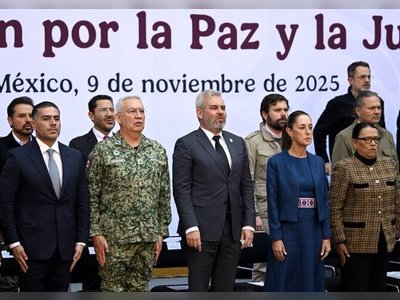
What the WTA Tour Finals Gained and Lost in Riyadh
The 2025 WTA Tour Finals in Riyadh delivered a striking contrast of gain and compromise for women’s tennis. On one hand, the tournament offered unprecedented prize money, stable hosting and world-class competition; on the other, it exposed lingering questions about location, legacy and market reach.
For the sport’s elite, the event’s headline finale delivered. Elena Rybakina defeated Aryna Sabalenka 6-3, 7-6 (0) to claim her first Tour Finals title, while collecting approximately US$5.235 million, a record for women’s tennis.
The move to Saudi Arabia also brought welcome stability after years of uncertainty in host cities, and a financially robust backer willing to push the sport’s value upward. The kingdom guaranteed high prize funds and delivered the infrastructure for a major women’s flagship event.
Yet the benefits came with trade-offs. Riyadh remains a nascent tennis market: the stadium capacity and attendance fell short of previous global editions, and time-zone and broadcast challenges left major markets like the United States watching at inconvenient hours. While the event showcased top names and intense matches, the surrounding atmosphere and local tennis culture remain works-in-progress.
Furthermore, hosting an elite women’s event in Saudi Arabia raised questions about environment, legacy and authenticity. By choosing a venue with little historic engagement in the women’s game, the tour risked prioritising financial terms over long-standing fan ecosystems and grassroots reach. At the same time, the guarantee of all player access—even for women—offered a signal of progress in a country rapidly positioning itself as a global sports destination.
According to the tour’s leadership, the deal enabled a step-change in value for the Finals and welcomed a future in which women’s tennis is unapologetically premium. As the chief executive of the WTA said, “Everybody now has a full understanding of the value of our finals.”
As the tour ponders its post-Riyadh future, the gains are unambiguous: highest prize money, solid contract, major global names and Saudi backing. The losses are less visible but real: a less established tennis audience, timezone limitations, an emerging rather than deep local tennis culture, and ongoing scrutiny over hosting location. If the event delivers sustained growth in the region, talent pipeline and fan engagement, the gamble could pay off. But the tour must ensure that its premium positioning is matched by genuine legacy and regional tennis development.











